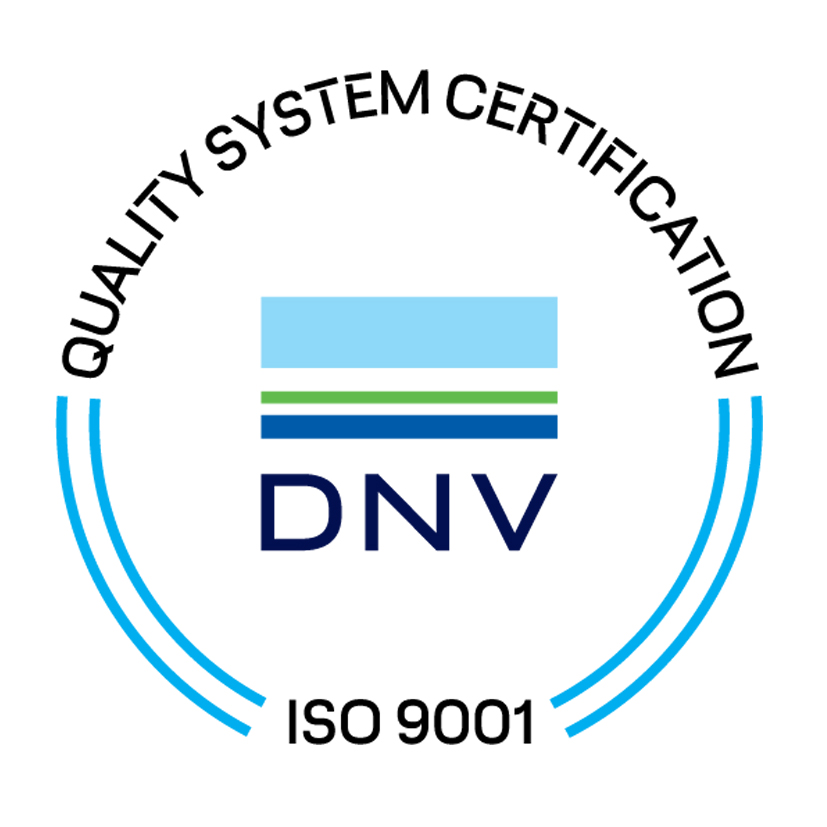Tackling business challenges with a new, intuitive approach is critical to avoid reproducing familiar and usual responses.
Creative Thinking: key expertise
A few years ago it was difficult to talk about creativity in organized contexts. Thanks, in part, to the amount of research carried out over the years, the development of creative thinking is now considered one of the key skills to train. And when I say ‘train’, I mean it requires dedication, passion and skill which you can only acquire through practice. Try playing the piano or the violin if you've never done it before. To become a musician, you need a technique, which then needs to be tested and repeated over time. The same thing happens with creative thinking. You need to have lessons, experiment, have a coach or a mentor to support you. Then, after exercising it adequately, that passion becomes second nature.
If you want to be innovative…You’ll need more than a magic wand!
This assumption is very true because now, more than ever, we are faced with the phenomenon of the "magic wand", that is, companies that ask their employees to have far more innovative ideas than they have business challenges, wanting it all to happen in an instant, by waving a magic wand.
Creativity produces magic but it is not magical in itself. It requires training and a context where it is practiced, developed and protected.
Understand in order to do and do in order to understand
When these assumptions take place, then the two keywords that really guide us are understand and do. In organizational contexts where creative thinking is practiced, leaders face real business challenges by understanding the challenge, the perimeter, the importance, but above all they act: they experiment immediately in order to make the challenge tangible, concrete, something on which they can ask for more feedback and so understand which direction to take.
This practice consciously trains, in most cases, the visionary and strategic diagnostic creative thinking, before even getting to ideation thinking.
So, to apply creative thinking to real business challenges, you need to understand in order to do and to do in order to understand.


No comments.